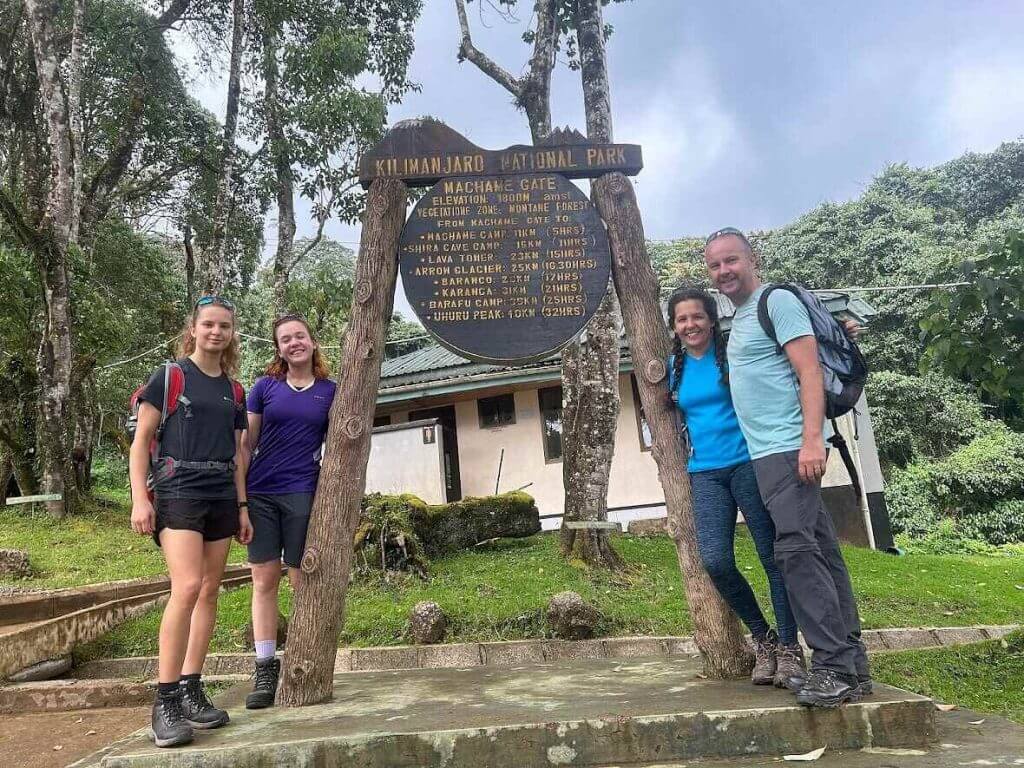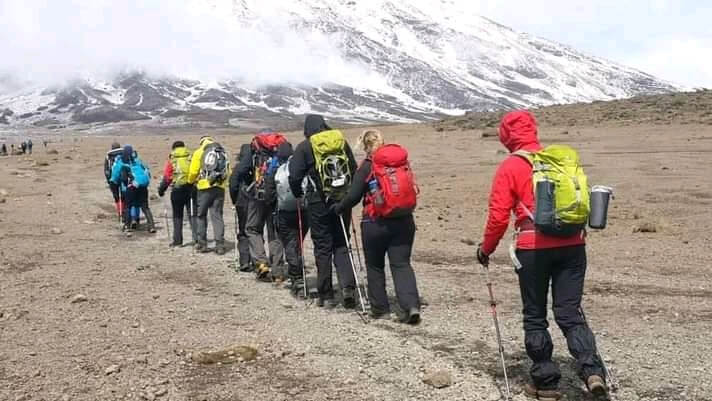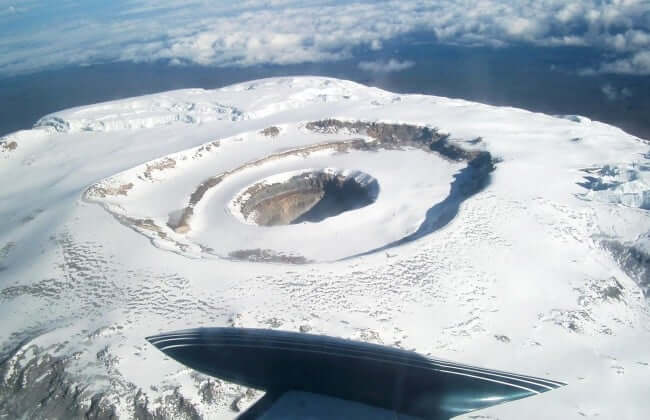Rising majestically to 5,895 meters (19,341 feet), Mount Kilimanjaro is Africa’s highest peak and the tallest free-standing mountain in the world. Dominating the northern Tanzanian skyline, “Kili,” as it is affectionately called, is more than just a mountain—it’s an iconic symbol of natural grandeur. Its snow-capped summit, visible from miles away, inspires awe in all who witness it.
Kilimanjaro is known as one of the most accessible high summits in the world. While summiting to Uhuru Peak is a major physical and mental achievement, its lower slopes can be explored without the need for technical climbing skills or specialized gear. This makes it an appealing challenge for adventurous travelers and nature lovers of various experience levels.
What sets Mount Kilimanjaro apart is not only its height but its extraordinary ecological diversity. As you ascend, you pass through five distinct climate zones—starting with lush farmland and tropical rainforests, moving through moorland and alpine desert, and finally reaching the icy Arctic summit. Each zone offers unique landscapes, flora, and fauna, making the journey up Kilimanjaro as rewarding as the destination itself.
Whether you're climbing to the top or trekking through its lower trails, Kilimanjaro promises an unforgettable adventure.



